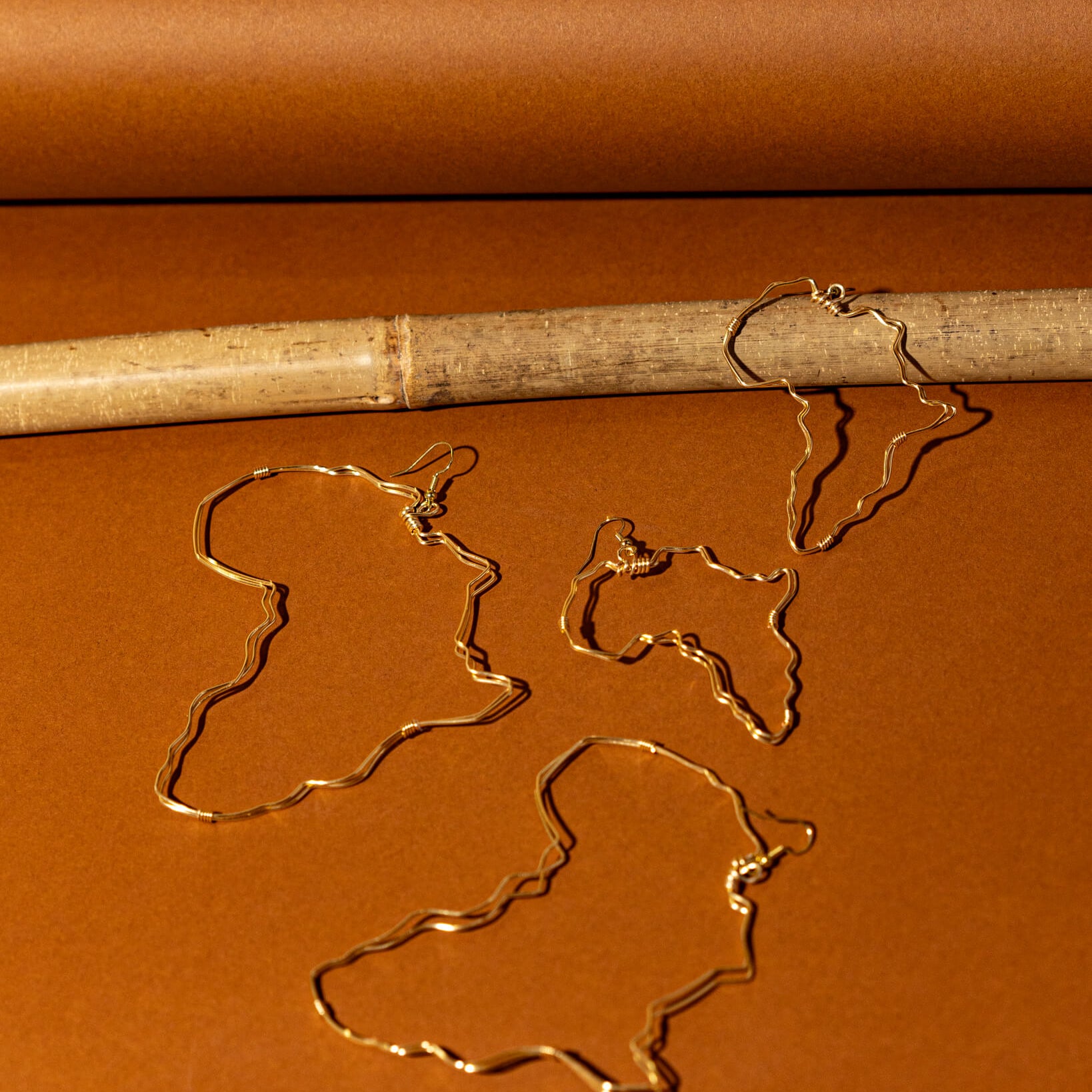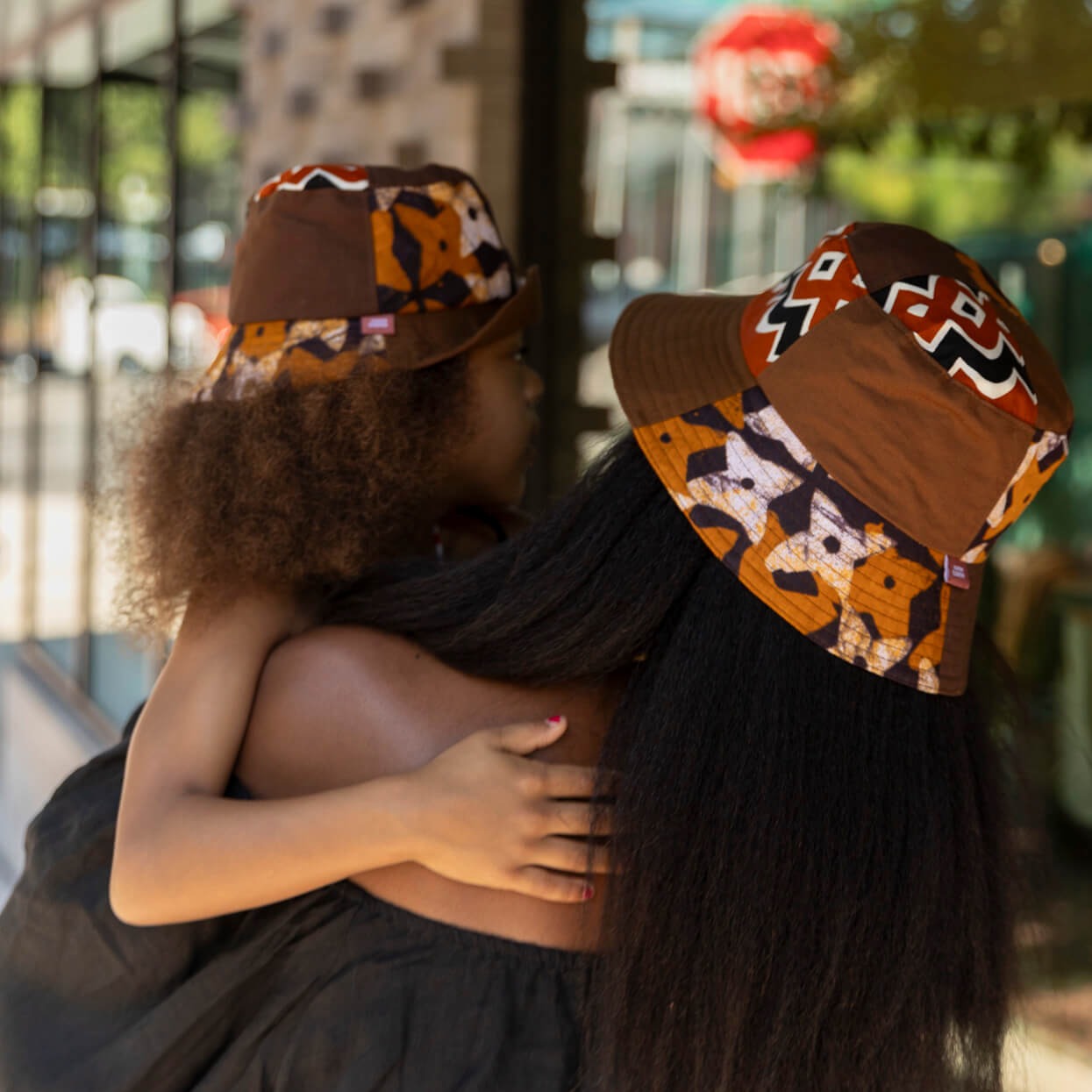
Happy Women & Girls in Science Day! To celebrate, we’re going to highlight some of our faves!
There are certain pairings that just make sense. Peanut butter and jelly, a skyhigh headwrap with big hoops to match, and women and girls living up to their highest potential. The celebration of women and their pursuits is at the center of all we do whether that’s in fashion, business, motherhood, or STEM. So many pioneering black scientists have paved the way for young women to follow in their footsteps, but they haven’t always been credited or celebrated for their breakthroughs. Here are six Black Women in Science you should know:
Alice Ball: There wasn’t a “30 Under 30” during Ball’s time but had there been, sis would have topped the list. At the age of 23, Alice Ball, a chemist, cracked the code on a potential treatment for leprosy that was discussed for literally hundreds of years. Using Chaulmoogra oil, the chemical prodigy figured out how to take the components of the thick liquid and turned it into an effective treatment within the human body. We have her to thank for an effective end to the leprosy crisis.
Mamie Phipps Clark: Using what is now known as the “doll test” within the science community, social psychologist Mamie, and her research assistant husband, presented children with a black and white dolls and asked adolescents for their feedback about each. Through qualitative data, the Dr’s Clark drew a direct line between the negative descriptors Black children used towards the darker skinned dolls and segregation’s impact on their self-worth. The Clark team’s evidence was an instrumental component in the landmark case Brown vs. Board of Education.
Gloria Twine Chisum: If you have transition lenses in your glasses you have sister Gloria to thank. The experimental psychologist was an expert on visual problems and her research led to optical advancements for pilots, such as protective eyewear that can withstand extreme conditions mid-flight. Her invention protected against loss of vision from sharp turns, sudden flashes of bright light, like lightning or nuclear explosions. Her design proved to be the foundation of protective eyewear for prescription lenses.
Annie Easley: One thing about black women, we will find ourselves in the room when it comes to rocket science. Annie Easley worked for Centaur, a second stage rocket launcher used to propel probes and satellites into space. Her contributions at the space giant helped the US catch up to the Soviet Union in the space race and land a man on the moon. You can also thank Annie for contributing energy research to power plants which enabled the creation of hybrid vehicles.
Jane Wright: An oncologist by trade, we have so much to be grateful to Jane Wright for. Her research took chemotherapy from a highly experimental treatment to its more modern usage as an effective medicine for killing cancer cells. She found safer, less invasive ways to administer the drug and discovered ways to test it on individual cells and not live patients or lab mice.
Mae Jemison: Mae Jemison heard "the sky was the limit" and decided she wanted to see for herself. The physician, engineer, and former NASA astronaut became the first black woman in space while serving as a mission specialist aboard the Space Shuttle Endeavor in 1992. She was also the first Black woman NASA ever admitted to the astronaut training program, five years prior. Before Jemison started the journey that would eventually blast her into orbit she worked as a general practitioner with the Peace Corps while in Liberia and Sierra Leone. After retiring from NASA in 1993, she founded the Jemison Group, an organization dedicated to the research, development, and marketing of advanced technology.
Take time today to tell a Black woman in science you see her brilliance and learn more about organizations doing the work to make this the norm with Black Girls Code, Association for Women in Science, and The National Society of Black Engineers.























Leave a comment